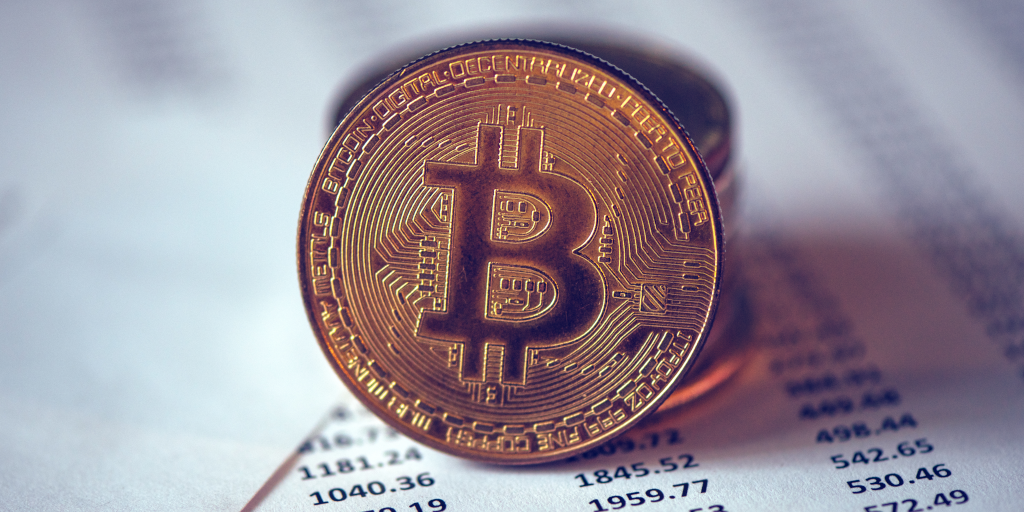Hello Humble Stackers! Welcome to our blog, we post company updates and selected Bitcoin stories here. Maybe even some new deals and special offers too!
How does a bank transfer compare to a bitcoin payment? 🏦
You’re probably very used to send payments to friends and family using your online banking environment. You open the bank’s app, click “Send”, enter an IBAN, the recipient’s name, the amount, and optionally a description of the payment. A bitcoin payment isn’t all that different! You open your wallet, enter the recipient’s bitcoin address and the amount of bitcoin/satoshis you’re sending and hit “Send”. Be aware of the following crucial differences, though:
- If you happen to make a mistake while you make a bank transfer, there is a chance you can still call the bank and cancel the payment. On the other hand, bitcoin payments are irreversible (once they’re confirmed, more on that later), meaning that you can’t fix your mistake.
- When you make a bank transfer, this transaction is known to your bank, as well as the recipient’s bank (and perhaps some correspondence banks that process your payment in the middle). A bitcoin transaction is broadcasted to the entire bitcoin network, meaning that everyone in the world can see the sender, amount, and recipient of the bitcoin you’ve sent.
- To make a bank transfer, your bank needs to know who you are, as well as your counterparty’s identity. Since bitcoin is entirely built on cryptography, the network does not need to know who is sending money, as long as you can prove ownership of bitcoin using the private key attached to the bitcoin address from which you’re sending your satoshis.
- Bank transfers are usually free (for domestic/European consumer payments). You will need to pay for a bitcoin transaction, although you can decide how much you’re willing to pay (depending on the payment’s urgency).
What happens to your bitcoin transaction once you click “Send”? 💸
When you’re executing your bank transfer, there must be a single source of truth for the financial system to work. Your money needs to be deducted from your bank account and credited to your counterparty’s. For most international payments, humanity relies on a centralized network called SWIFT to process these payments correctly. As bitcoin is a decentralized peer to peer online currency, there isn’t something like the SWIFT network to process transactions. Instead, bitcoin users rely on a global network of thousands of computers, maintaining a single source of the truth of who owns what. These are also known as bitcoin miners.
Roughly every 10 minutes, these bitcoin miners find a new block (more on that in the next blog post!) containing about 2000 bitcoin transactions. Once you click send in your bitcoin wallet, your bitcoin node (or the bitcoin node of the wallet you’re using) submits the transaction to the bitcoin network. At this point, your payment usually shows up as “Unconfirmed”. Bitcoin miners will select the transactions with the highest mining fees from the thousands of unconfirmed payments and include these in the next available block.
Once your payment is included in a bitcoin block, this new block is sent to all the bitcoin nodes, enabling every node to update its single source of the truth. As every bitcoin node is aware of the new owner of the bitcoin you’ve sent, you will not be able to cheat and send your bitcoin to two different people simultaneously.
Your transaction will have “one confirmation” once it’s included in a block. Each mined block on top of the block which contains your transaction will be an additional confirmation. Since there is technically a chance that two different miners find a block at the same time, it might be there will be no blocks on top of the block that contained your transaction. In that case, your transaction will be mined again in a future block, but its status goes back to “Unconfirmed”. Therefore, when dealing with high-value transactions, it is recommended to wait for six confirmations (approximately 60 minutes) to be sure your transaction is confirmed.
More Bitcoin 101
We hope you’ve enjoyed our fifth blog post in the series “Bitcoin 101 - What is bitcoin?”. If you want to know more about the bitcoin mining process, stay tuned for the next blog post! We’ll be publishing one blog post every week answering many of the questions we’ve heard from our Stekking users who are new to bitcoin:
- What is bitcoin?
- How and where can I buy bitcoin?
- How and where can I use bitcoin?
- Where should I keep my bitcoin stored safely?
- How does a bitcoin transaction work?
- How does bitcoin mining work?
- What are the advantages and disadvantages of using bitcoin?
- What is a blockchain and how does it work?
- How does bitcoin compare to other cryptocurrencies?
- Why should I want to have bitcoin?

